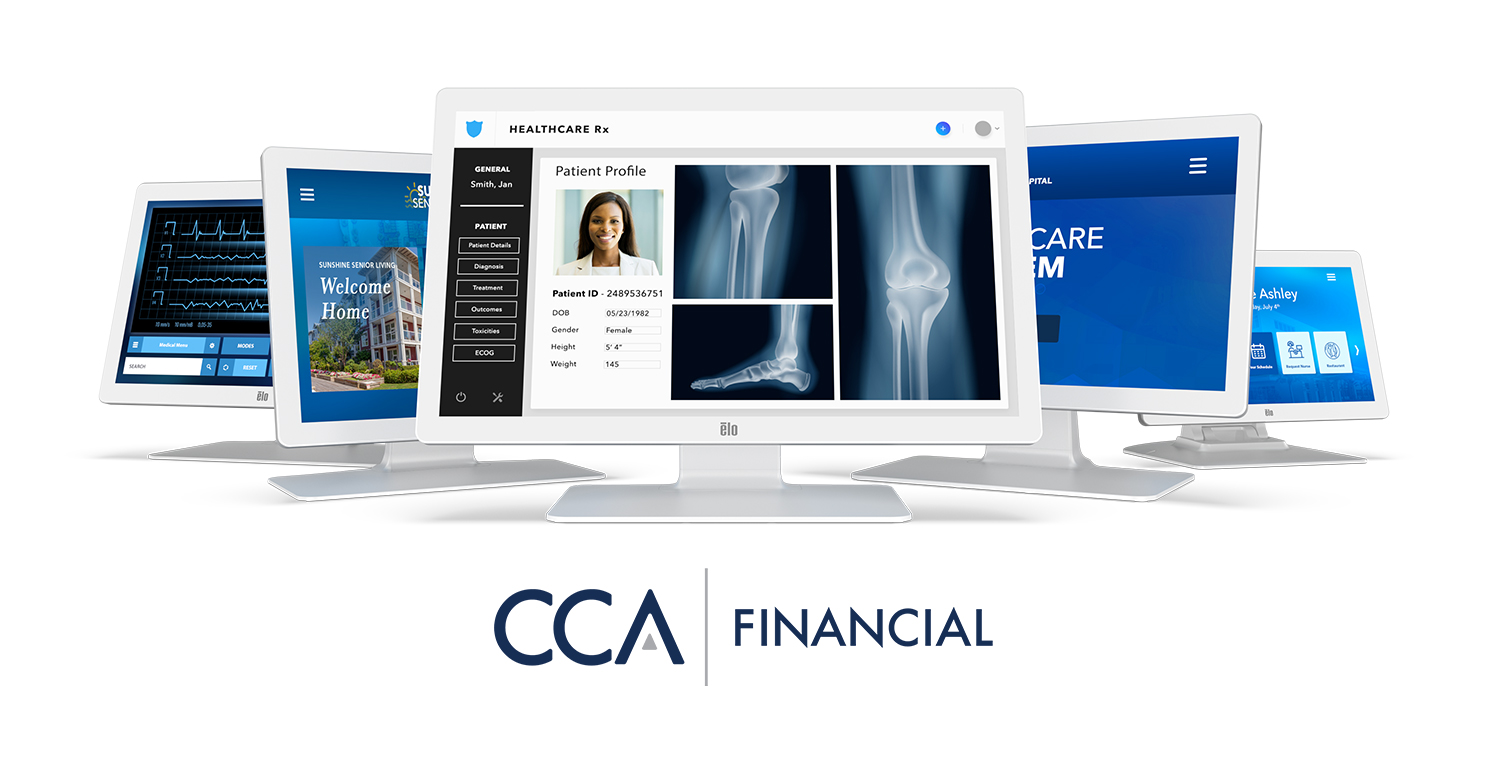October 17, 2024
Leveraging Financing Options to Transform Healthcare FacilitiesLeveraging Financing Options to Transform Healthcare Facilities

The integration of new technologies has become central to the idea of marrying exceptional patient care and optimizing operational efficiency. However, the implementation of large-scale technology projects often presents financial challenges that can hinder progress. All over the country we hear about staffing shortages, layoffs, and delays in technology projects due to those financial challenges. These delays can often perpetuate other disparities between healthcare facilities; low HCAPH scores, retention and recruitment of talented and dedicated staff, and patient perception of high-quality care. Healthcare facilities are increasingly turning to financing options outside of large banks to overcome these barriers and unlock the transformative potential of innovative technologies.
The Financial Challenge
Healthcare technology projects, whether they involve upgrading electronic health records (EHR) systems, implementing telemedicine solutions, or deploying advanced medical imaging technology, often require significant capital investment. For many facilities, particularly smaller hospitals, and clinics, securing the necessary funds can be a daunting task. Limited budgets, competing priorities, and uncertain reimbursement models can all contribute to financial constraints that delay or deter technology adoption.
Unlocking Transformation with Financing
Recognizing the imperative to modernize and innovate, healthcare facilities are exploring various financing options, such as CCA Financial, to support their technology initiatives. Traditional avenues such as loans and lines of credit remain viable options, providing access to capital for upfront investment in technology infrastructure. Additionally, leasing arrangements offer flexibility by spreading costs over time, allowing facilities to benefit from technology upgrades without a substantial upfront financial burden.
Government grants and incentives also play a crucial role in financing healthcare technology projects, particularly those focused on improving patient care and outcomes. Programs such as the Health Information Technology for Economic and Clinical Health (HITECH) Act provide funding to support the adoption and meaningful use of EHR systems, incentivizing facilities to invest in technology that enhances care delivery and coordination.
The Impact on Workflow and Patient Experience
Investing in technologies that streamline workflows and enhance the patient experience not only drives operational efficiency but also contributes to improved Hospital Consumer Assessment of Healthcare Providers and Systems (HCAHPS) scores. By integrating systems that facilitate seamless communication, automate administrative tasks, and empower clinicians with real-time access to patient data, healthcare facilities can deliver more coordinated and personalized care, leading to higher patient satisfaction and loyalty.
Moreover, technology-enabled improvements in workflow efficiency can alleviate administrative burdens on healthcare staff, allowing them to focus more time and attention on patient care. This not only enhances job satisfaction and morale but also contributes to staff retention—a critical concern in an industry facing persistent workforce shortages and burnout.
Case in Point: The Role of Technology in Improving HCAHPS Scores and Staff Retention
Consider a scenario where a hospital invests in technologies that integrates seamlessly with other clinical and administrative systems. By digitizing patient records, automating documentation processes, and facilitating secure communication among care team members, the hospital improves workflow efficiency and care coordination.
As a result, nurses and physicians can spend less time on paperwork and administrative tasks, allowing them to devote more attention to patient interactions and clinical decision-making. Patients benefit from shorter wait times, reduced medication errors, and a more personalized care experience.
Over time, these enhancements translate into tangible improvements in HCAHPS scores, reflecting higher ratings for communication, responsiveness, and overall satisfaction. Satisfied patients are more likely to recommend the hospital to others and return for future care needs, contributing to long-term financial sustainability and growth.
Furthermore, the hospital's investment in technology and its commitment to enhancing the work environment for staff contribute to improved morale and job satisfaction. Reduced administrative burdens and increased support from technology tools can help alleviate burnout and turnover among healthcare professionals, fostering a more engaged and resilient workforce.
The Elo and CCA Financial Difference
Elo was the original inventor of the touchscreen over 50-years ago. Since then, Elo’s purpose-built touch-screen devices have been designed to be used in the harshest environments and to withstand the harshest cleaning protocols. Customers choose Elo because of their collaborative approach to healthcare solutions as well as their low failure rate of sub-1%. With a global presence and trusted brand-recognition, Elo is an evident choice for healthcare facilities wanting to invest in lasting technology.
CCA Financial is a 52-year-old self-funded independent equipment lessor specializing in IT, robotics, and clinical equipment projects. As a well-capitalized independent lessor, CCA Financial has the unique ability to fund projects across the entire healthcare spectrum, from larger Integrated Delivery Networks (IDNs) to critical access hospitals. They offer a wide funding range, from patient self-check-in kiosks in medical facilities at $25K or broader network and EMR upgrades at $30M+. CCA Financial provides flexibility in structuring your investments in technology, offering deferred payment options and other creative financing solutions to help customers navigate around budgetary constraints. By leasing equipment, healthcare facilities can take advantage of constantly changing healthcare technology without straining their working capital or credit lines.
Conclusion
The strategic adoption of technology is no longer a luxury but a necessity for facilities striving to deliver high-quality care and remain competitive. By leveraging financing options, like CCA Financial, to implement large technology projects with Elo Touch, healthcare facilities can overcome financial barriers and unlock the transformative potential of innovative solutions.
Investing in technologies that enhance workflow efficiency and improve the patient experience not only leads to higher HCAHPS scores and patient satisfaction but also contributes to staff retention and morale. As healthcare continues to change, facilities that prioritize technology adoption and innovation will be better positioned to thrive in an increasingly complex and dynamic environment.